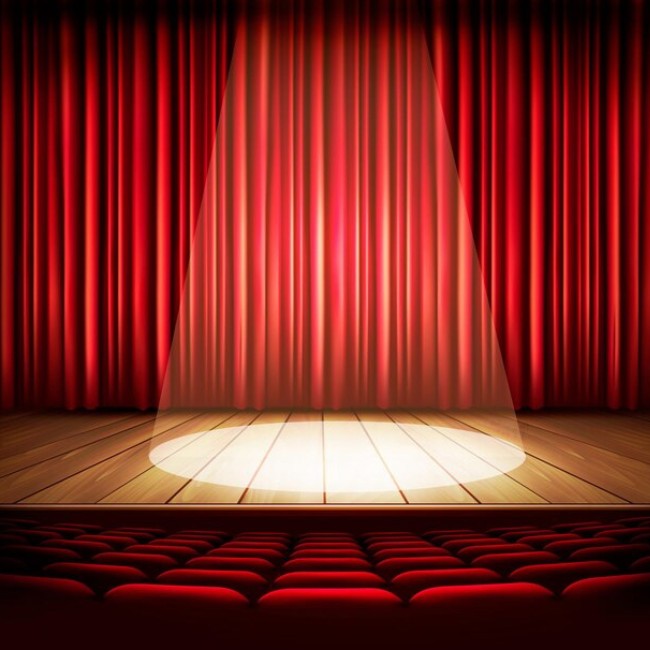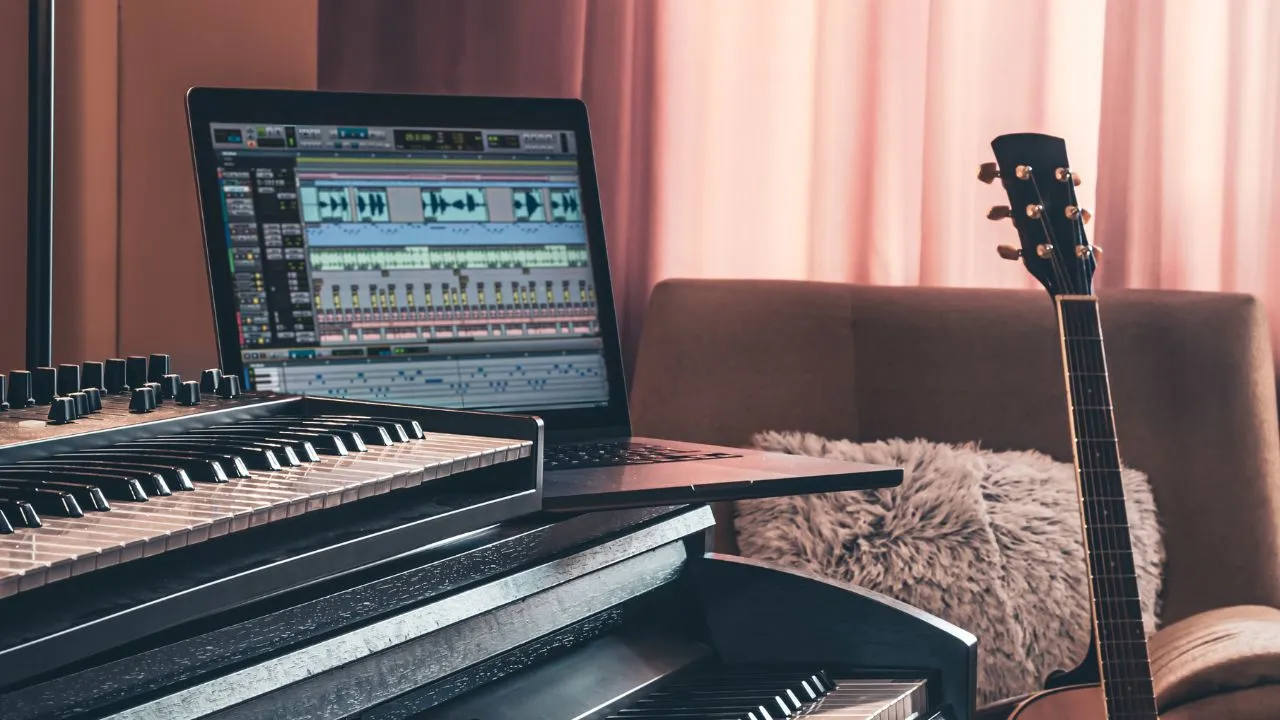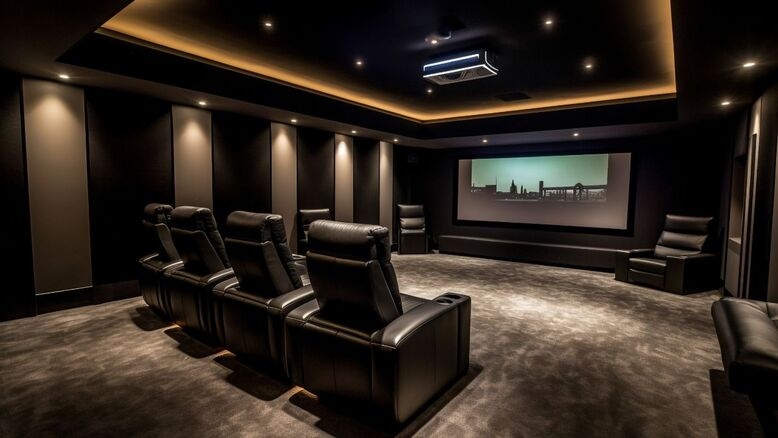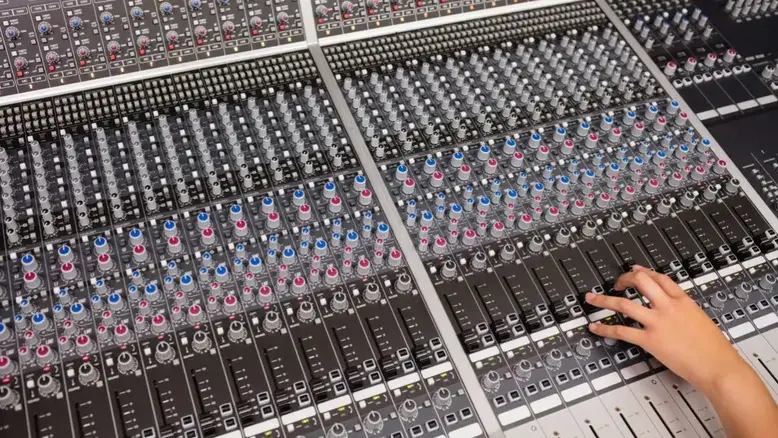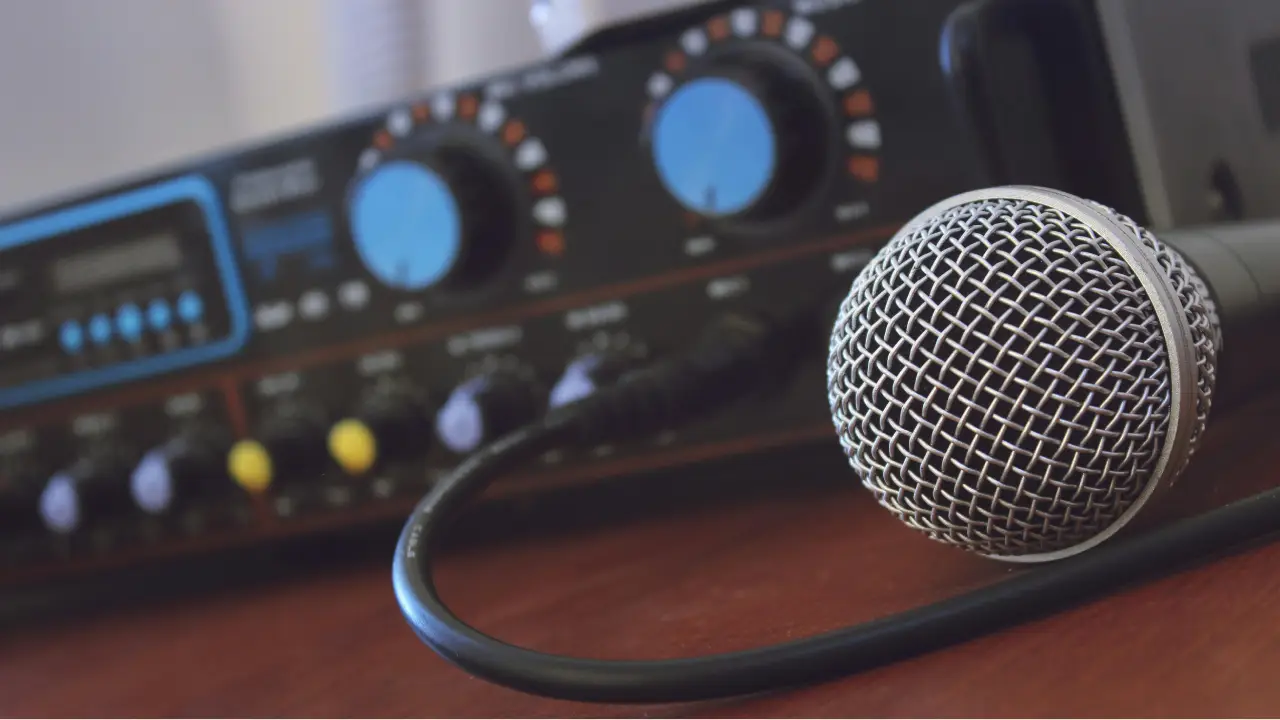What is the first thing that comes to your mind when you think of a school auditorium? Probably something like ‘large, empty space with awkward acoustics.’ And you would be right. However, this is not always the case. When done right, an auditorium can be anything but a plain, boring performance space. From visual appeal to acoustic properties, there are many elements that go into creating the perfect auditorium—and it all starts with the design. A well-designed auditorium will not only look great but also function accordingly. So if you are a student or professional working in this field who wants to learn more about auditorium design and its characteristics, keep reading for our complete guide…
What is an Auditorium?
An auditorium is a large performance venue with excellent acoustics that can be used for a variety of purposes, such as musical concerts, plays, or lectures. It may be indoors or outdoors, but it is most commonly found within large educational institutions, such as colleges or universities. When planning for the design of an auditorium, you need to consider factors such as the size of the space and the number of people it will be able to accommodate. You also need to think about the functionality of the space and what types of events will be held there. You may also hear this type of space referred to as a “Cultural Venue”. This is because it is normally used to host events that are either cultural or artistic in nature.
What to Keep in Mind During the Design Process
An auditorium needs to have the capacity to hold large crowds while still feeling intimate. You also need to ensure that the acoustics are optimal so that people can hear the performers as well as each other. For a visual, you can also imagine that the audience is spread out in a bowl-shaped fashion. The seats need to be able to accommodate everyone without feeling too cramped or too loose. If the seats are too close, people will feel uncomfortable and restricted. If, on the other hand, the seats are too loose, people will feel like they have more space than they know what to do with. There will also need to be adequate space between each row so that people can easily get in and out. This is especially important if the venue will be used by young children or seniors.
Acoustics and Audience Placement
Acoustics can make or break an auditorium’s design. If the acoustics are poor, the whole event will be ruined. When designing an auditorium, you need to keep in mind the acoustics of the selected space. You will likely need to make a few adjustments to ensure that the acoustics work in your favour. The first thing that you need to decide is where the audience will be sitting. As mentioned before, the audience needs to be spread out in a bowl-shaped fashion so that everyone can hear the performers and each other without any issues. As for the performers, you need to remember that the sound coming from the stage will reflect off the walls, so you need to be careful about where you place the speakers.
Lighting Setup
The lighting in an auditorium is almost as important as the acoustics. If the lighting is too dim, the performers might be unable to see the audience. If it is too bright, the audience will be blinded. And if the colours are off, the whole visual appeal of the event will be ruined. When designing the lighting for an auditorium, it is important to keep both the performers and the audience in mind. You will usually want to go with softer lighting that doesn’t overpower anyone or anything. You can also go with lighting that changes colour throughout the event to create a more exciting atmosphere.
Audio System Setup
The audio system of an auditorium is used to amplify the sound coming from the speakers. It is important to note that the speakers themselves are not used to create sound. The audio system will be placed where the audience can see it but the performers can’t. This is done so that the sound travelling from the speakers doesn’t interfere with the sound coming from the stage. When it comes to designing the audio system, you need to first decide what you want it to do. Do you want the audio system to be used for both the speakers and microphones? Do you want it to be used only for speakers or only for microphones? Once you figure this out, you can move on with the design.
Decoration and Colour Selection
When it comes to decoration, you need to first ask yourself what your event will be. Is it a graduation ceremony? Will there be a play? Is it a concert? This can help you decide what decorations you will want to use. It is important to note that certain decorations are typically used for certain events. You also need to select a colour palette for the event. This will depend on the overall theme and feel of the event, but you can also choose colours that are more neutral so that they don’t overpower the decorations. It is best to go with neutral colours that can easily match with almost everything.
Conclusion
When designing an auditorium, it is important to keep all of this in mind. The more planning that goes into the design, the better the final product will be. If you are someone who is currently in the design process of an auditorium, make sure you keep this information in mind. It can help you create the best design possible. We hope that you have gained a better understanding of auditorium design and what goes into creating the perfect space. If you have any questions, don’t hesitate to ask in the comment section below. We would be more than happy to help out!

